 HUMAN therapeutic cloning is now one step closer after US researchers for the first time created primate embryos and obtained embryonic stem cells from them.The successful creation of two colonies of embryonic stem cells, or ES cell lines, from rhesus macque monkeys is considered a big step towards human therapeutic cloning.The news will be of immediate interest to Australian scientists as they are now permitted to use somatic cell nuclear transfer, a technique that holds promise in the study of disorders such as multiple sclerosis, cardiac disease and spinal cord injury.While scientists have cloned a range of animals from mice to sheep, until now they have been unable to clone embryos and create ES cell lines from primates, a group that includes humans, apes and monkeys.The announcement from Shoukhrat Mitalipov of the Division of Reproductive Sciences at the Oregon National Primate Research Centre in Portland came last night at the annual meeting of the International Society for Stem Cell Research, held in Cairns.
HUMAN therapeutic cloning is now one step closer after US researchers for the first time created primate embryos and obtained embryonic stem cells from them.The successful creation of two colonies of embryonic stem cells, or ES cell lines, from rhesus macque monkeys is considered a big step towards human therapeutic cloning.The news will be of immediate interest to Australian scientists as they are now permitted to use somatic cell nuclear transfer, a technique that holds promise in the study of disorders such as multiple sclerosis, cardiac disease and spinal cord injury.While scientists have cloned a range of animals from mice to sheep, until now they have been unable to clone embryos and create ES cell lines from primates, a group that includes humans, apes and monkeys.The announcement from Shoukhrat Mitalipov of the Division of Reproductive Sciences at the Oregon National Primate Research Centre in Portland came last night at the annual meeting of the International Society for Stem Cell Research, held in Cairns.Dr Mitalipov would not speak to the media, but Alan Trounson, director of Monash Immunology, confirmed the breakthrough. "We have to see the publication," he said. "But I am very excited by the work."According to Professor Trounson, Dr Mitalipov and his colleagues used conventional SCNT to create the cell lines - that is, they obtained ordinary cells from two monkeys, then inserted the gene-bearing nucleus of the cells into a monkey egg emptied of its nucleus, and artificially stimulated the egg.The egg develops into an early-stage embryo, a blastocyst. Dr Mitalipov's team extracts ES cells from the blastocyst genetically identical to cells from the donor monkeys. Finally, they use the cloned ES cells to produce self-replicating stem cells.
As in the days of Noah....















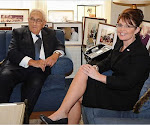



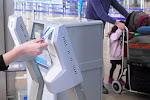










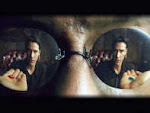







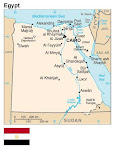


































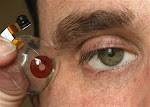







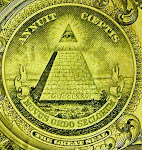




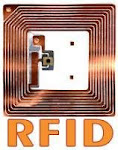.bmp)



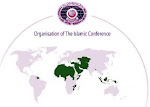





















.bmp)